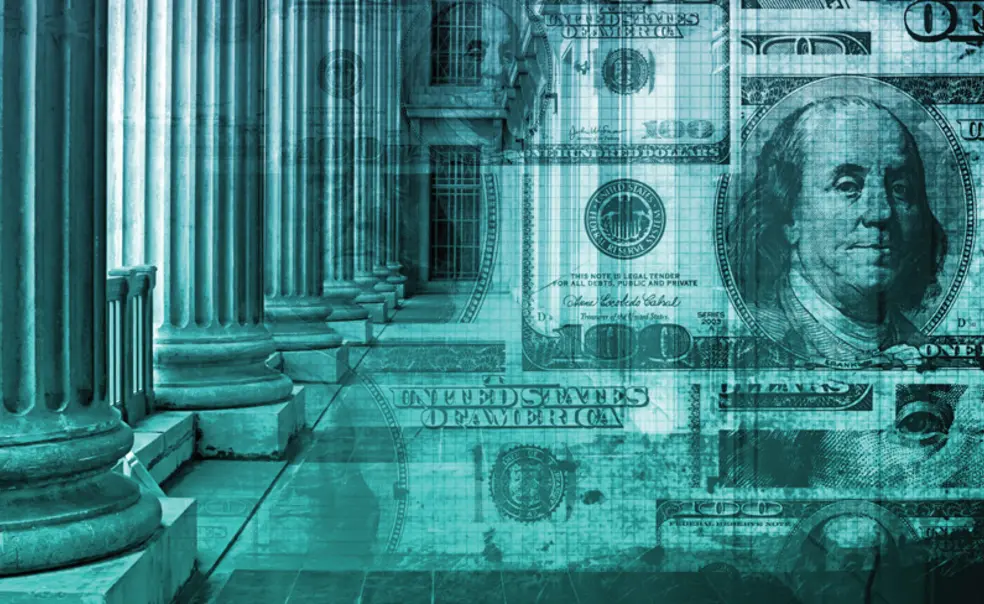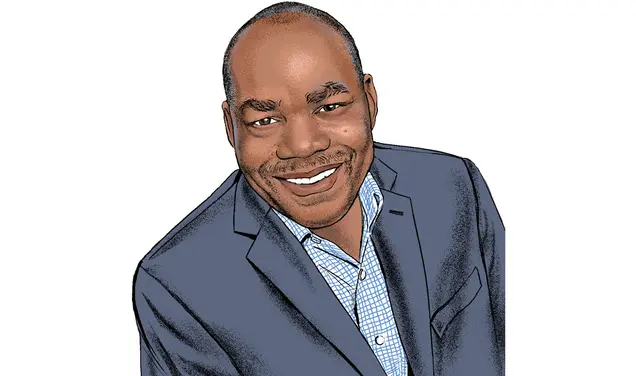Will Princeton Avoid Endowment Tax by Increasing Financial Aid?
Wellesley College economist Phillip Levine *90 projected Princeton’s tax bill will jump from $39 million to $223 million a year
Nothing is certain except death and taxes, and yet Princeton faces a big question: Can it avoid paying nearly a quarter-billion dollars a year in taxes on its endowment earnings by spending more on financial aid?
The answer wasn’t clear after President Donald Trump’s tax and spending bill steamrolled to passage in July, raising the existing 1.4% tax on the largest endowments to as high as 8% starting in 2026. The stiffest levy was reserved for the wealthiest private institutions, and only Princeton, Harvard, Yale, Stanford, and MIT appeared to fit that category with endowments above $2 million per student.
But Princeton arguably boasts the most generous financial aid packages in the land and, in August, announced a significant expansion, including free tuition for most undergraduates with family incomes up to $250,000, increasing what it spends on financial aid to $327 million from $283 million in 2024-25.
That has raised the question of whether Princeton will be hit with the tax. The statute stipulates it applies to private institutions with “at least 3,000 tuition-paying students,” and by offering this new aid, Princeton could land below that number.
The University declined to comment on the endowment tax or on how many tuition-paying students it expects to have under the new financial aid policy.
Princeton’s estimated cost of attendance for 2025-26 is $90,718, including $65,210 for tuition. In 2024, nearly half its 5,700 undergraduates received aid that covered the full cost of tuition, according to the University. It also enrolled 3,280 graduate students, 88% of whom are Ph.D. students who are fully funded by the University. Graduate students are also eligible for aid.
Economist Eugene Steuerle co-authored a white paper for the Tax Policy Center of the Urban Institute and Brookings Institution that laid out some of the complicated maneuvers universities could take to shelter endowment earnings. “I think they’ll proceed cautiously,” he said referring to all schools when interviewed by PAW. “The tax is clearly an attack upon elite institutions ... . If your objection is that there aren’t enough conservatives being hired, the excise tax has nothing to do with that.”
Writing in The Daily Princetonian in July, Isaac Barsoum ’28 observed: “This all means that by expanding financial aid for about 850 undergraduate students, Princeton could put itself below the small-college threshold for the tax.”
The gyrations in the proposed new tax on endowment earnings this spring were head spinning. The House passed one that topped out at 21% and exempted religious-affiliated institutions. The Senate substituted the tiered tax that was enacted: 1.4% for endowments of $500,000 to $750,000 per student, 4% for those up to $2 million, and 8% above $2 million. (Princeton’s $34.1 billion endowment is $3.7 million per student.)
But the Senate parliamentarian ruled that letting religious colleges with large endowments off the hook violated the so-called Byrd rule for fast-tracked budget reconciliation bills, and that was stricken. Notre Dame was a big loser, going from zero tax to a liability of $54 million, according to Wellesley College economist Phillip Levine *90. He projected Princeton’s tax bill will jump from $39 million to $223 million a year.
Garrett Watson, director of policy analysis for the nonpartisan Tax Foundation, called it “weird” that the tax varies depending on endowment per student. “Maybe there’s an opportunity to rethink the treatment of [all] tax-exempt organizations, but ideally that would be done in a broader way rather than just narrowly going after universities in the context of an escalating culture war.”
The Internal Revenue Service doesn’t reveal how much individual schools pay but says it collected $380 million from 58 institutions in the 2023 fiscal year.
With dozens of liberal arts colleges now excluded, the yield from the higher tax on the wealthiest research universities will be picayune, only $761 million more over 10 years, according to the Joint Committee on Taxation.
Princeton President Christopher Eisgruber ’83, who drew national attention and acclaim speaking out in the spring in defense of academic freedom, made few public comments this summer. But the University had been preparing austerity measures well before the endowment tax became law, with departments being told in May to draw up plans for 5% to 10% “permanent” budget cuts for the new fiscal year and to freeze hires.
Owen Zidar, Princeton professor of economics and public affairs, argues that personnel and budget cuts are the wrong moves to make now. Without a medical school, Princeton is less vulnerable to cuts in federal research support than its peers. (Princeton’s 2023-24 Report of the Treasurer said government grants and contracts accounted for $456 million of its $3 billion operating budget.)
“I am a bit dismayed and confused about why the administration is not taking advantage of this, given that a lot of our peers are relatively worse off,” Zidar said. “You’d think that this would be a good time to try to expand and recruit some of the top scientists in the world.
“We might be in a position to make Princeton even better than it already is.”
Princeton’s endowment gained 3.9% in the 2024 fiscal year, considerably lower than its 20-year average return of 9.9%. The University withdrew $1.7 billion, or 5%, to cover almost two-thirds of its operating budget, including nearly three-quarters of the financial aid it awarded in 2024-25.
Princeton, like other nonprofits, aims to spend between 4% to 6.25% of its endowment each year, which typically allows it to keep growing.
Princeton University Investment Company (Princo) manages the endowment but engages a global network of investment firms to shape and grow its diversified portfolio. Given its size and stature, it can afford the best tax and investment advice that money can buy — and it needs that now more than ever.













1 Response
Jared Kieling ’71
3 Months AgoA Dilemma for Universities
Professor Owen Zidar is right that Princeton could recruit faculty away from institutions harder hit by Trump's endowment taxes. When Trump existentially threatened Paul Weiss, Willkie Farr, and Skadden Arps, it was in competitors’ interest to poach their top attorneys. Resisting in solidarity to defend peer institutions and protect the profession looked futile and unacceptably costly — corporate suicide. Yet many other firms didn’t comply with Trump’s conditions.
What a dilemma for wealthy universities, now targeted by a law of the land, rather than “merely” by a lawless president.